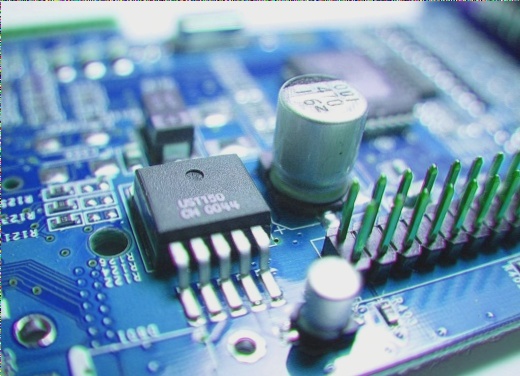Key Features of High-Reliability PCB Board Design
1. 25 Micron Hole Wall Copper Thickness
Having a 25-micron hole wall copper thickness in PCB designs offers enhanced reliability, providing better resistance to Z-axis expansion. This feature helps prevent issues like blow holes or degassing during load conditions, reducing the risk of assembly failures such as inner layer separation or hole wall rupture, which can lead to electrical connection problems.
2. No Welding Repair or Open Circuit Repair Lines
Avoiding welding repair or open circuit repair lines ensures a complete circuit, guaranteeing reliability and safety with no maintenance needed and zero associated risks. Improper repairs can compromise the circuit board, increasing the chances of failure under load conditions like vibration, potentially resulting in operational failures.
3. Exceeding Cleanliness Requirements
Enhancing PCB cleanliness beyond standard requirements significantly improves reliability. Residue and solder buildup on the circuit board can pose risks to the solder mask, potentially leading to corrosion and contamination on the soldering surface, which may cause reliability issues like poor solder joints and electrical failures.
4. Strict Control of Surface Treatment Service Life
Rigorous control over the service life of each surface treatment enhances solderability, reliability, and reduces the risk of moisture intrusion. Changes in the surface treatment of aging circuit boards can lead to soldering problems, while moisture intrusion may cause delamination, inner layer separation, open circuits, and other assembly or operational complications.
5. Use of Internationally Recognized Substrates
Opting for internationally recognized substrates over “local” or unknown brands enhances reliability and ensures established performance. Subpar mechanical performance can hinder the circuit board from meeting expected performance standards during assembly, potentially leading to issues like delamination, open circuits, and warpage.
6. Compliance with Copper-Clad Laminate Tolerance Standards
Adhering to the tolerance standards of the International Electrotechnical Commission’s 4101 standard for copper-clad laminate ensures precise control of dielectric layer thickness, reducing deviations from expected electrical performance. Failing to meet electrical performance standards can result in significant variations in output within the same batch of components.
7. Adherence to Solder Mask Material Standards
Defining solder mask materials to meet IPC-SM-840 standard requirements ensures ink safety and compliance with UL standards for solder mask inks. Using inferior inks can lead to adhesion issues, flux resistance problems, and hardness issues, potentially causing the solder mask to detach from the circuit board and leading to copper circuit corrosion.
8. Tolerance Control of Mechanical Features
Rigorous tolerance control of mechanical features such as shapes and holes enhances the dimensional quality of products, improving fit, appearance, and functionality.

Challenges in PCB Assembly Process
- Alignment and fitting issues, such as with press-fit pins, may only surface post-assembly.
- Increased dimensional variations can complicate base installation.
Solder Mask Thickness Specification by NCAB
- NCAB specifies solder mask thickness for enhanced electrical insulation.
- Thicker solder masks reduce the risk of peeling, adhesion loss, and enhance resistance to mechanical shocks.
- Thin solder masks can lead to adhesion, solder resistance, and hardness issues, potentially causing detachment and copper circuit corrosion.
Appearance and Repair Requirements for PCBs
- Adherence to appearance and repair standards is crucial for PCB manufacturing.
- Scratches, damages, and repairs may impact functionality, though not necessarily aesthetics.
- Identifying hidden risks during assembly is vital to prevent dangers during usage.
Importance of Plug Hole Depth
- Proper plug hole depth minimizes assembly failure risks.
- Inadequately plugged holes may retain chemical residues, affecting weldability and causing complications.
- Presence of tin beads in holes can result in short circuits during assembly or usage.
Significance of Peelable Blue Glue Specification
- Peters 2955 specifies the brand and model of peelable blue glue for quality assurance.
- Using specified peelable blue glue helps avoid inferior or unreliable alternatives.
- Low-quality adhesives may exhibit undesirable properties like foaming, melting, cracking, or hardening, hindering the assembly process.




